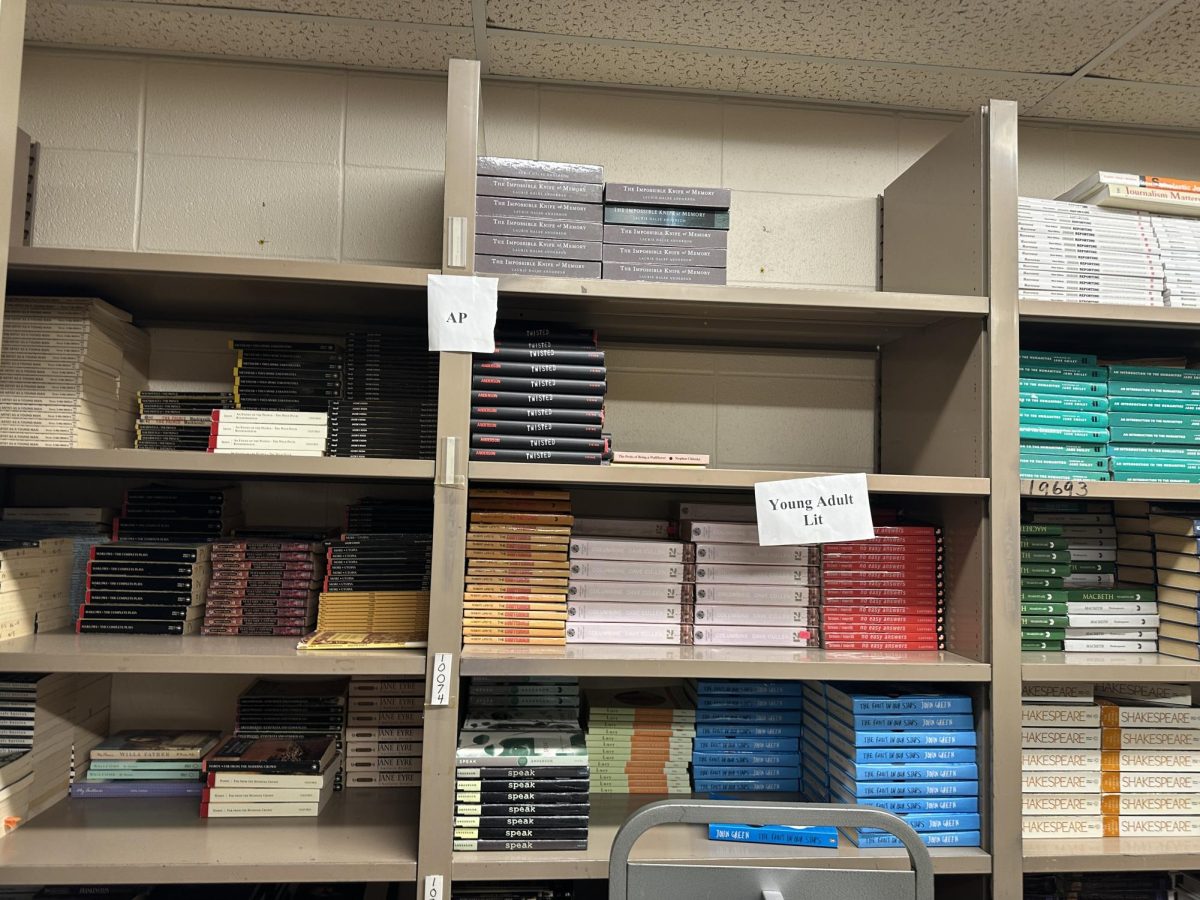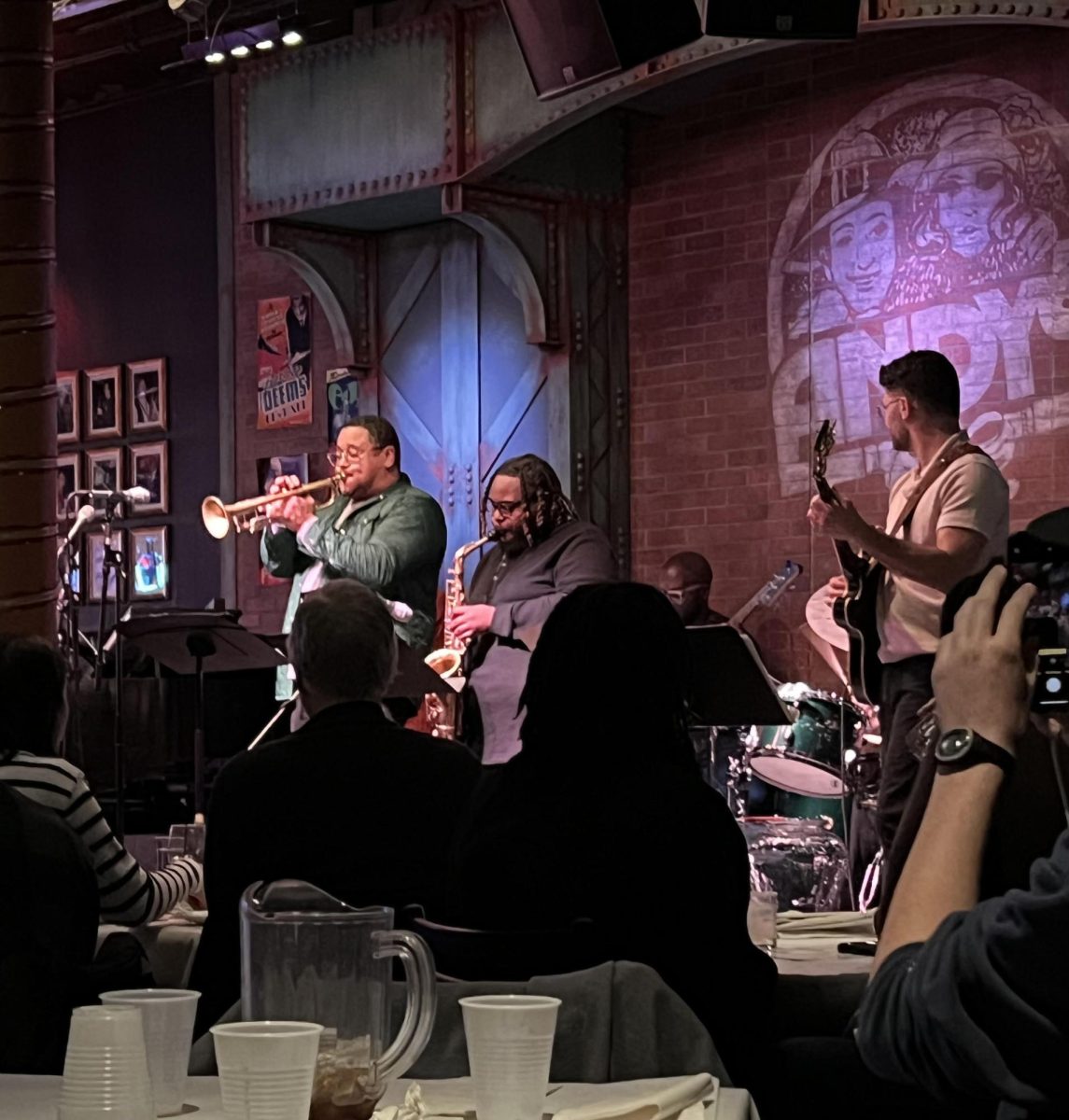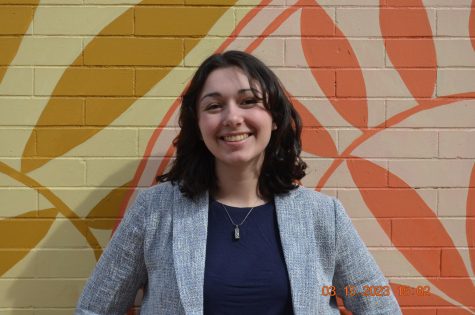The U.S. census is one of the United States’ most important governmental surveys. The census provides essential information about racial data and demographics that help to allocate resources and determine state representation in Congress.
For such a significant indicator of demographics, the U.S. census fails to accurately represent people of Middle Eastern and North African descent.
MENA—an acronym for Middle East and North Africa—refers to the countries between Iran and Morocco. The MENA region consists of 21 countries, including Egypt, Iraq, Lebanon, Saudi Arabia and Yemen. The unique cultures and experiences are erased and cast into a white box when MENA is categorized as white on the U.S. census. Middle Easterns and North Africans are “white,” but without the white privilege.
The U.S. census is not the only guilty party in the inadequate representation of the Middle East and North Africa. Misconceptions about the Middle East and North Africa have been perpetuated by the media, altering the perceptions of people who have never visited a MENA country.
In an analysis of 1,000 films spanning over 100 years of filmmaking, 93.5% of MENA actors were portrayed negatively, 5% were neutral and a mere 1% of portrayals were positive. TV shows are no better. 78% of MENA actors playing roles of terrorist, tyrants or soldiers adopt an exaggerated accent, further developing false narratives about MENA.
The terrorist trope used by Hollywood created a negative connotation towards the Middle East and North Africa that surged after 9/11. What had already been established as a stereotype manifested into a life-threatening reality.
After Sept. 11, 2001, anti-Muslim hate crimes spiked by over 1,500%. Though levels have decreased, they have never returned to what they were before the 9/11 attacks.
Youssef Choulhoud, a political scientist at Christopher Newport University in Virginia, categorized the new reality for Muslim-Americans as culturally and religiously confusing. “Your sense of who you were was becoming more formed, not just Muslim but American Muslim,” he said. “What distinguished you as an American Muslim? Could you be fully both, or did you have to choose? There was a lot of grappling with what that meant.”
With 85% of people in the Middle East and North Africa following Islam, Muslim hate-crimes became MENA hate-crimes.
Categorizing MENA as “white” adds insults to the injury. It ignores the racism, xenophobia and religious prejudice that Middle Easterns and North Africans experience, placing them in the same category as Americans with white privilege.
Adding white privilege to the conversation about MENA misrepresentation does not discount the suffering or hardships of white people. It simply means that they receive systemic, unacknowledged advantages because of their race. Whether it be the strained relationship between police officers and Middle Easterns because of “national security risk” procedures or the media being racially biased towards white individuals, most MENA people don’t have a white identity nor white privilege.
University of Iowa freshman and PV graduate Neda Bazaraa, the daughter of Egyptian-born parents, always knew that she wasn’t white. “Things like my name, my religious beliefs and features made me feel so different. According to the U.S. census bureau, I am white,” she said. “It’s difficult to comprehend that, because a board of directors believes I am a certain race, I am that race.”
The U.S. census is not the only organization that misrepresents MENA. Most college applications include the Middle East and North Africa in the “white” racial category, not giving any chance at elaboration. This is detrimental for financial aid and other opportunities the MENA minority group may benefit from.
Years of underrepresentation have deprived Middle Eastern and North Africans people from a multitude of services: educational grants, cultural competency training and language assistance.
Every year that a MENA option isn’t available on the U.S. census and college applications, millions of Middle Eastern groups and North Africans are stripped of their identity.
“We have our own culture and history. We look different from other races. Since race is such a socially important identifier, it’s pertinent that Middle Eastern and North African people have accurate representation,” Bazaraa concluded. “Being identified as white does not change our culture or experiences. It only makes us feel unseen.”
As of 2022, the Census Bureau does not recognize MENA as a racial category. Left with no choice but to self-identify as white, Middle Eastern Americans and North African Americans are whitewashed by a society that treats them as anything but.
















